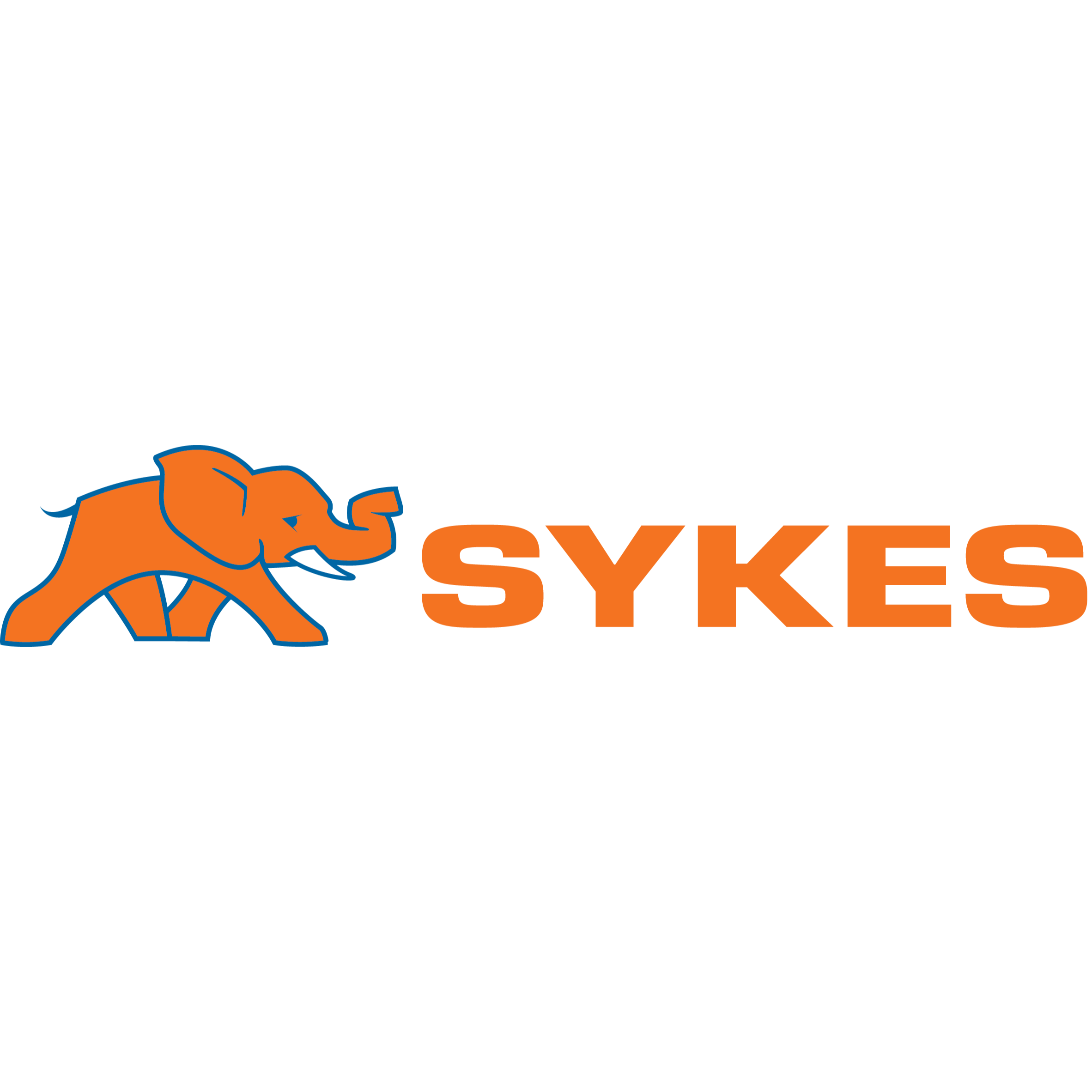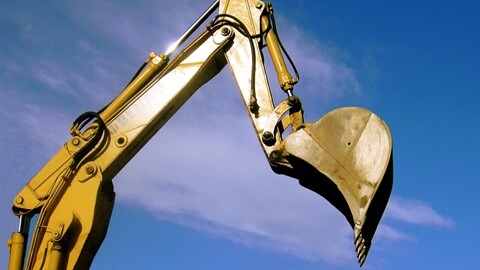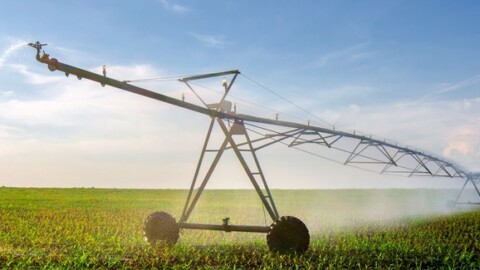By Eliza Booth, Assistant Editor, Pump Industry Magazine
When Unitywater formed in 2010, it inherited water and sewerage assets that had previously been operated and maintained by local councils. This presented a challenge for the utility – how would it optimise these assets to meet the needs of a thriving, growing region, and ensure its water and sewerage infrastructure could see them into the future?
Unitywater concluded that a holistic, integrated approach was needed to bring the old and new pieces of vital infrastructure together to secure the ongoing needs of expanding communities.
Several major sewerage projects built on the Sunshine Coast to cater for the forecast growth are now complete. Bringing them online together in a mega-commissioning makes the region’s sewerage network future ready.
Securing the needs of a growing population
The expanding population in the regions Unitywater services was a major factor in the decision to upgrade and link the sewerage network and helped determine when and where upgrades were undertaken and new infrastructure would be built.
“Working on the basis of identified growth areas and population projections to 2030 and beyond, we could determine how and when to best upgrade our sewage treatment plants, and how and where to build new trunk mains and pumping stations of the wider sewerage network,” Amanda Creevey, Unitywater Executive Manager Sustainable Infrastructure Solutions, said.
“This gave us the opportunity to take a long-term, holistic review of the sewerage needs of a rapidly growing region of South East Queensland and plan for its future.”
Planning for the future by preparing today
With multiple projects happening in tandem across the network, having a long-term plan in mind was the key to success.
“Our long-term plan for the Sunshine Coast is that the existing Kawana Sewage Treatment Plant will treat the region’s major sewage load. This meant undertaking a $74 million upgrade of the facility to more than double its capacity from serving the equivalent of 90,000 people to 200,000 people,” Ms Creevey said.
Unitywater is also considering the possibility that the Kawana STP may ultimately need to treat the sewage for over three times its recently upgraded capacity, or the equivalent of 600,000 people.
At the same time as the upgrades at the Kawana STP were taking place, Unitywater also upgraded three key sewerage systems: the Caloundra Sewage Transport System and the Mountain Creek to Kawana Sewage Transport System – both completed in 2018 – and the Maroochydore Coastal Sewerage Network, which was due for completion in January 2020.
“While the projects included installing two new sewer rising mains, constructing one new sewage pumping station and upgrading another five, commencement of the commissioning of the new biological treatment process at Kawana Sewage Treatment Plant in September was the keystone in the wider plan, allowing them to be linked and commissioned together,” Ms Creevey said.
“The result is a modern sewerage network and treatment facility, designed and built to meet the future needs of one of South East Queensland’s highest growth areas.”
Working together to deliver
Planning for a project of this level required Unitywater to prepare extensively with multiple teams working together to secure a successful outcome.
Ms Creevey said that preparation for the integration and commissioning of the projects was more than six months in the planning and Unitywater took no risks when it came to the extensive works.
“Two project managers worked closely together – one responsible for the Kawana Sewage Treatment Plant and the other for the pipes and pumps of the sewerage network. Together they devised a holistic plan of deliverables and milestones that would ensure everything would work as planned,” Ms Creevey said.
“No assumptions were made; for example new valves that had been installed months or even years earlier, were all pre-tested to ensure they were operational.”
Upgrading vital pumping stations

As part of the works, major upgrades to two pumping stations at Mountain Creek played a vital role in bringing new life to the network. Among the works to increase flow rate and efficiency, Unitywater utilised innovative equipment to manage sewage surges caused by increased pressure from the network.
Ms Creevey said the two upgraded sewage pumping stations were vital contributions to the new sewerage network.
“One had its pumps increased from 48kW to 70kW and the second from 56kW to 132kW, providing higher flow rates and greater efficiency,” Ms Creevey said.
“Each boasts an innovative pressure vessel that protects the network from surges that strain the system and can result in bursts and sewage spills.
“The pressure vessels are a new design and have been installed in only two of Unitywater’s 787 sewage pumping stations.
The pressure vessels have minimal moving parts and require little instrumentation and control. They manage any sewage surges caused by high pressures in the sewerage main that could result in pipe rupture.
“A mechanical seal within the vessel essentially compresses a spring to absorb pressure and keep the main pressure lines constant and within design.
These pressure vessels, with a 40,000 litre and a 35,000 litre capacity, control the process on their own and require very little maintenance.”
In addition to the installation of the new surge vessels, both pump stations had their wet wells upgraded with larger pumps, epoxy relining, new valves, washers and pipework. The pump stations also had their odour control units upgraded, and new switchboards and variable speed drives installed.
Procuring, selecting and maintaining the pumping equipment

Selecting the right equipment and materials for the pump station upgrades was an essential task for Unitywater.
“Equipment selection needs to ensure that the correct materials are used to handle the process, pressures, volumes and flow rates for the projected life of the asset,” Ms Creevey explained.
“Unitywater’s planning team runs a series of process modelling exercises to size the equipment appropriately so it can service the growing population within the sewerage catchment.”
Once the breadth of the works was decided, Unitywater wrote a scope of work for the design and construct of the pumping stations, which then went to market for tender.
Looking to the future maintenance of the pumping stations, Unitywater took steps early on to ensure an ongoing maintenance plan was in place for the new assets.
“As with all new pumping assets, Unitywater’s Mechanical and Electrical team is responsible for preventative maintenance requirements which are planned into the team’s workload,” Ms Creevey said.
“Early engagement and clear communication between the integration project managers, and Mechanical and Electrical, and Operations teams helped to plan ongoing maintenance requirements of the new assets for their design life.
The new pressure vessels are expected to require less than half the standard maintenance of others in the network.”


















